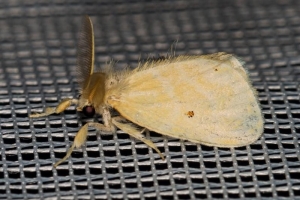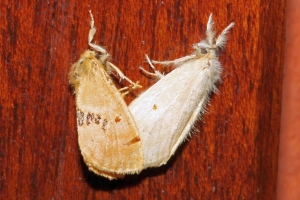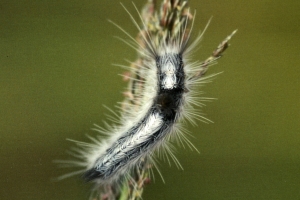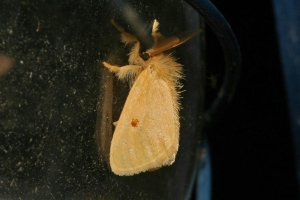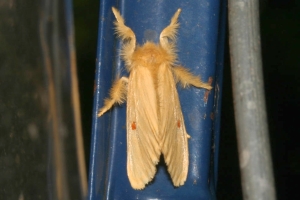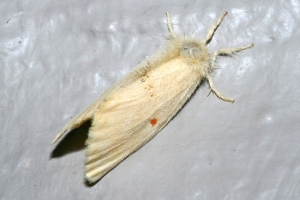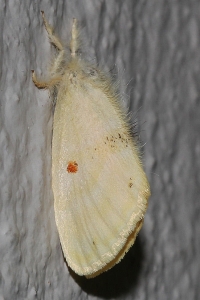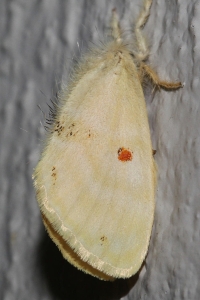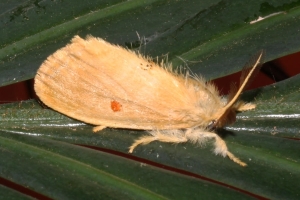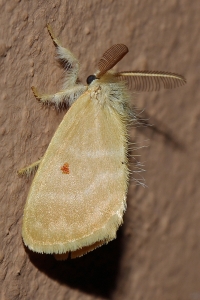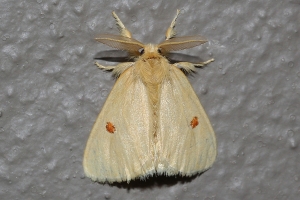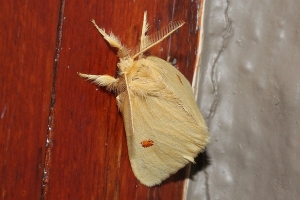Version 3 (neueste) vom 25. Mai 2023 um 9:45:41 von Michel Kettner
Länder:

 +6Kontinente:AF
+6Kontinente:AF


 +6Kontinente:AF
+6Kontinente:AFInhalt
1. Lebendfotos
1.1. Falter
1: ♂, Südafrika, KwaZulu-Natal, Ithala Game Reserve, Ntshondwe Lodge, 1050 m, 28. Februar 2017, Lichtfang (det. & fot.: Peter Zahn), conf. Michel KettnerForum
2-3: Südafrika, Limpopo, Vhembe, Mashovhela, Morning Sun Nature Reserve, Soutpansberge, near Louis Trichard, 500 m, 13. Februar 2013 (det. & fot.: Dr. Wolf-Achim Roland)
4: Südafrika, Gauteng, City of Tshwane, Roodevallei, not far from Pretoria, 4. Januar 2014 (fot.: Dr. Wolf-Achim Roland), det. Hanna Roland
5-6: Südafrika, Gauteng, City of Tshwane, Irene, Irene Country Lodge, 17. Januar 2015 (fot.: Dr. Wolf-Achim Roland), det. Hanna Roland
7: Südafrika, Limpopo, Waterberg, Kololo Game Reserve near Vaalwater, bordering Welgevonden Game Reserve, 21. Januar 2015 (fot.: Dr. Wolf-Achim Roland), det. Hanna Roland
8: Südafrika, Limpopo, Waterberg, Bakkerspas Road, Vaalwater, 6. Januar 2018 (det. & fot.: Dr. Wolf-Achim Roland)
9-10: Südafrika, Mpumalanga, Ehlanzeni, Uitkyk Road, Nelspruit Central, 27. Januar 2018 (det. & fot.: Dr. Wolf-Achim Roland)
1.2. Kopula
1: Südafrika, Limpopo, Vhembe, Venda Village Leshiba, 4. Januar 2011 (det. & fot.: Dr. Wolf-Achim Roland)
1.3. Raupe
2. Weitere Informationen
2.1. Andere Kombinationen
- Orgyia bicolor Walker, 1855 [Originalkombination]
- Euproctis bicolor Janse, 1915 [so nach AfroMoths und African Moths]
2.2. Faunistik
Nach [Global Biodiversity Information Facility] kommt die Art in Südafrika, Mosambik, Tansania, Simbabwe, Indonesien?, Malawi und Sambia vor.
Locus typicus gemäß Erstbeschreibung: East Indies.
(Autor: Michel Kettner)







